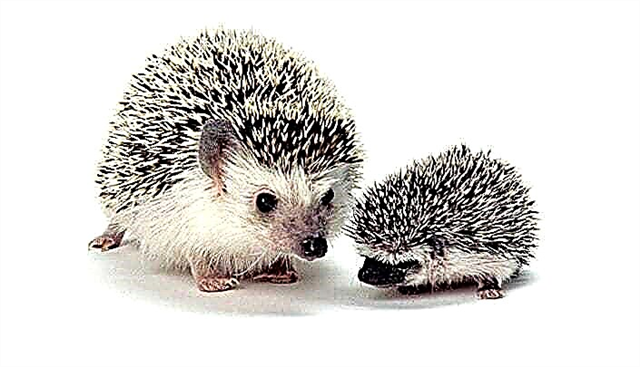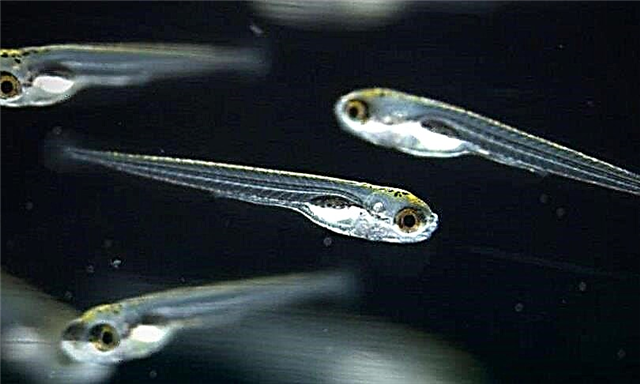
The life of penguins is inextricably linked with water, in it they spend 75% of their lives. But, like any living creature, these birds need drinking water.
Difficult living conditions dictate their drinking regime, and the penguins have adapted remarkably well to them.
Fresh or salty?

It is only natural that animals, birds and humans need fresh drinking water for life. Galapagos penguins have favorable living conditions: birds live on the Galapagos Islands, only a few tens of kilometers from the equator. The average annual temperature here is in the range of 23-24 ° C, it often rains, which are the main source of fresh water for animals and birds, including penguins. In the absence of fresh water, Galapagos penguins drink sea water (separately or swallowing it with fish and crustaceans during the hunt).
Antarctic penguins are in a difficult position: they live among ice and cold, where there are no freshwater sources. To maintain normal functioning, birds have to drink salt water. The only way to get fresh water for Antarctic penguins is to take snow with their beaks. But birds rarely resort to this method, because it takes too much energy to melt the snow and turn it into water.
Males can quench their thirst with snow when they are left with an egg or a newly hatched chick. After laying the egg for two months, the female penguin swims into the sea, and the penguin dad cannot go away for a minute all this time.In addition to a lack of water, the male experiences hunger during this period, so by the return of the female he loses up to 40% of his weight.
How do penguins cope with high salt water?
People for a long time could not understand how penguins can drink salt water and feel good at the same time, because the salt content in sea water can reach 3.5%. If a person drinks such water, there will be a disorder in the function of the kidneys, the gastrointestinal tract. Due to the large number of salts (chlorides and sulfates), the absorption of water in the cells is disturbed, dehydration develops, and edema appears. Prolonged use of sea water is life threatening.

Scientists have discovered a mechanism by which penguins are protected from the negative effects of increased salt concentrations. In their body there is a special organ - the salt, or infraorbital gland. This is a modified nasal gland, which is located in the area of the frontal bone in birds forced to drink sea water (gulls, pelicans, crests, cormorants, petrels). In birds that do not encounter salt water consumption, this gland is poorly developed and does not function.
The work of the salt gland in penguins is that in its tissues there is a process of filtering salts, resulting in the formation of a salt secret. This is a liquid, which is a 5% salt solution - it is excreted from the body through the nostrils, flowing down the beak. In this way, penguins get rid of excess sodium chloride and other salts and get fresh water.
How do penguins drink when hatched?
During the summer period, the penguin gains fat mass, the percentage of fat can reach 30-32% of the total body weight. Subcutaneous fat protects the bird from hypothermia and death, is also a source of energy at a time when the penguin is not able to hunt. The process of burning fat is accompanied by the formation of carbon dioxide and water - it is called metabolic, or endogenous. It is this water that helps the penguin to do without drinking for a long time in difficult conditions, 100% satisfying the body's need for fluid.
The ability of penguins to produce endogenous water, drink salty sea water along with fresh water is only a small part of the unique features that these amazing birds possess.












